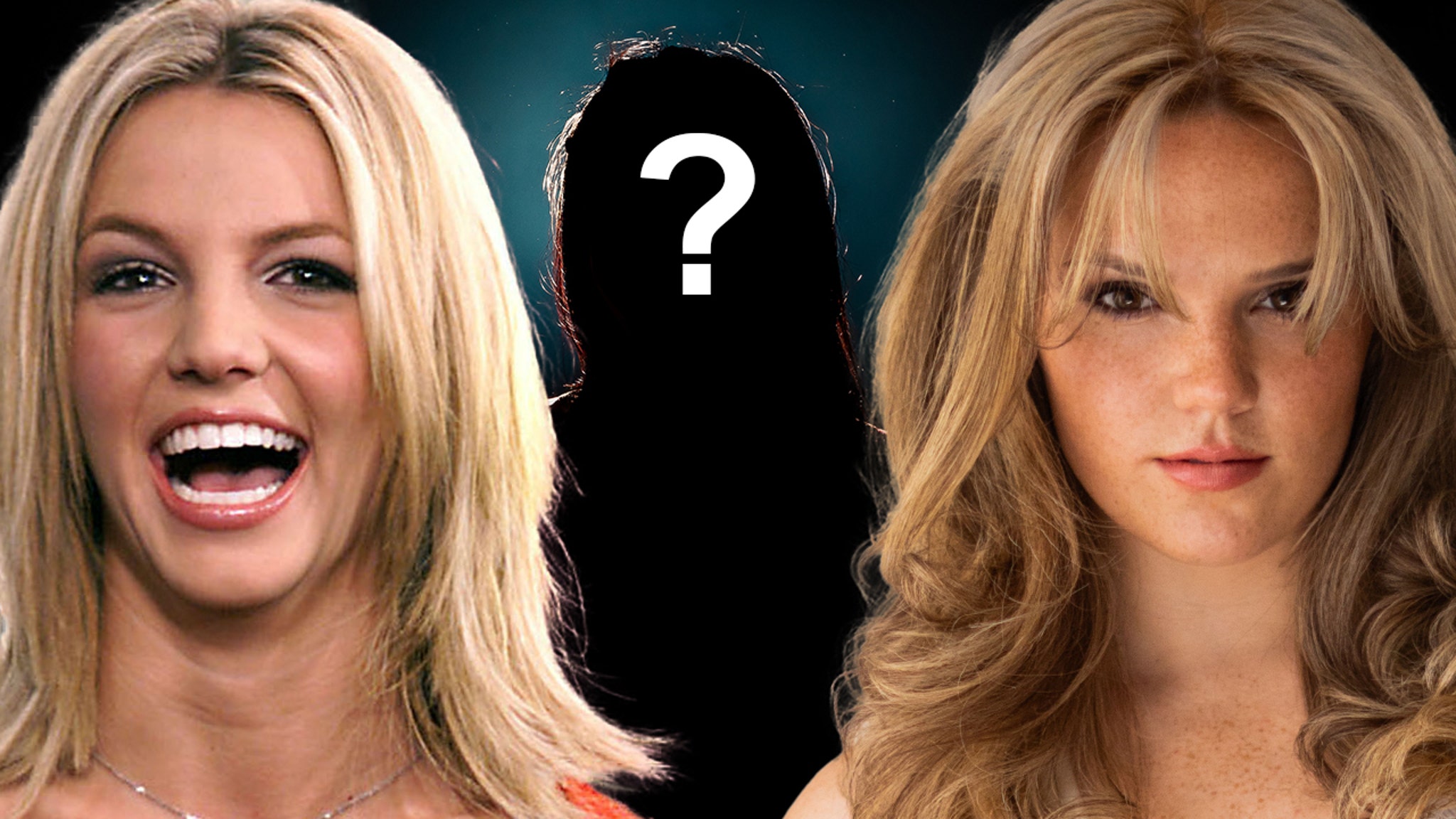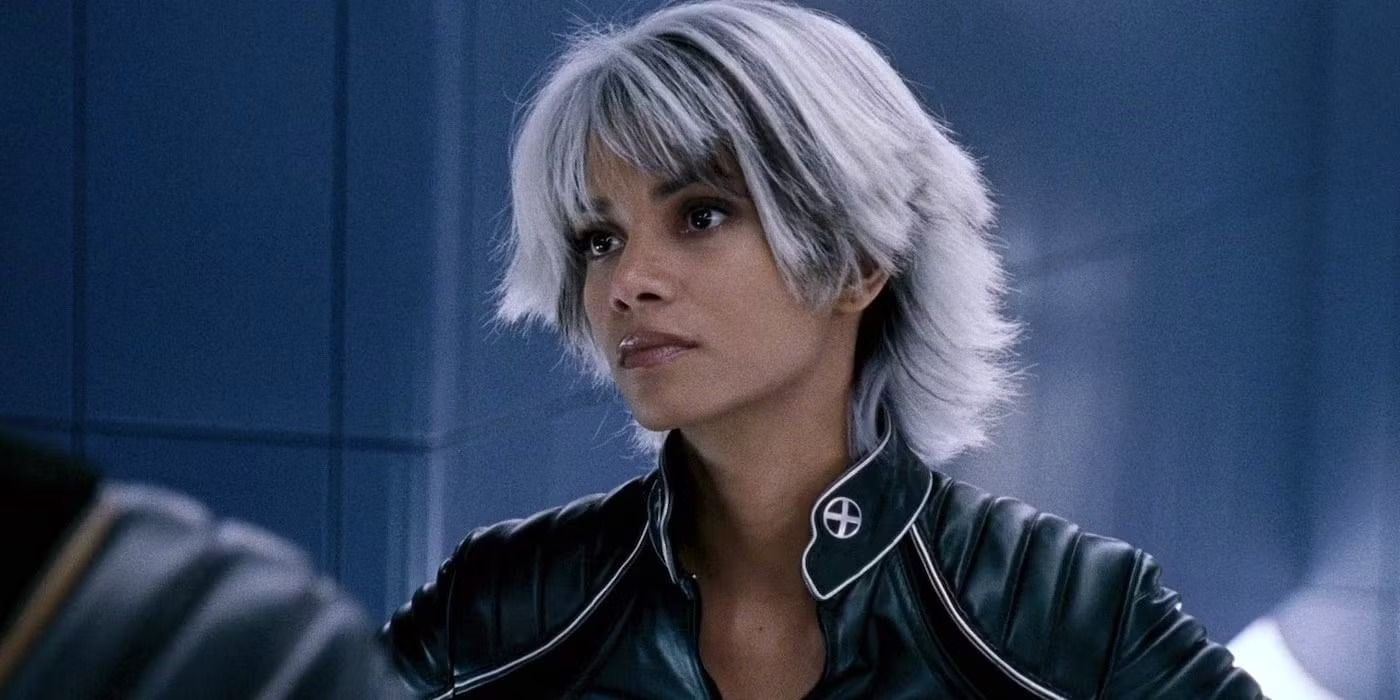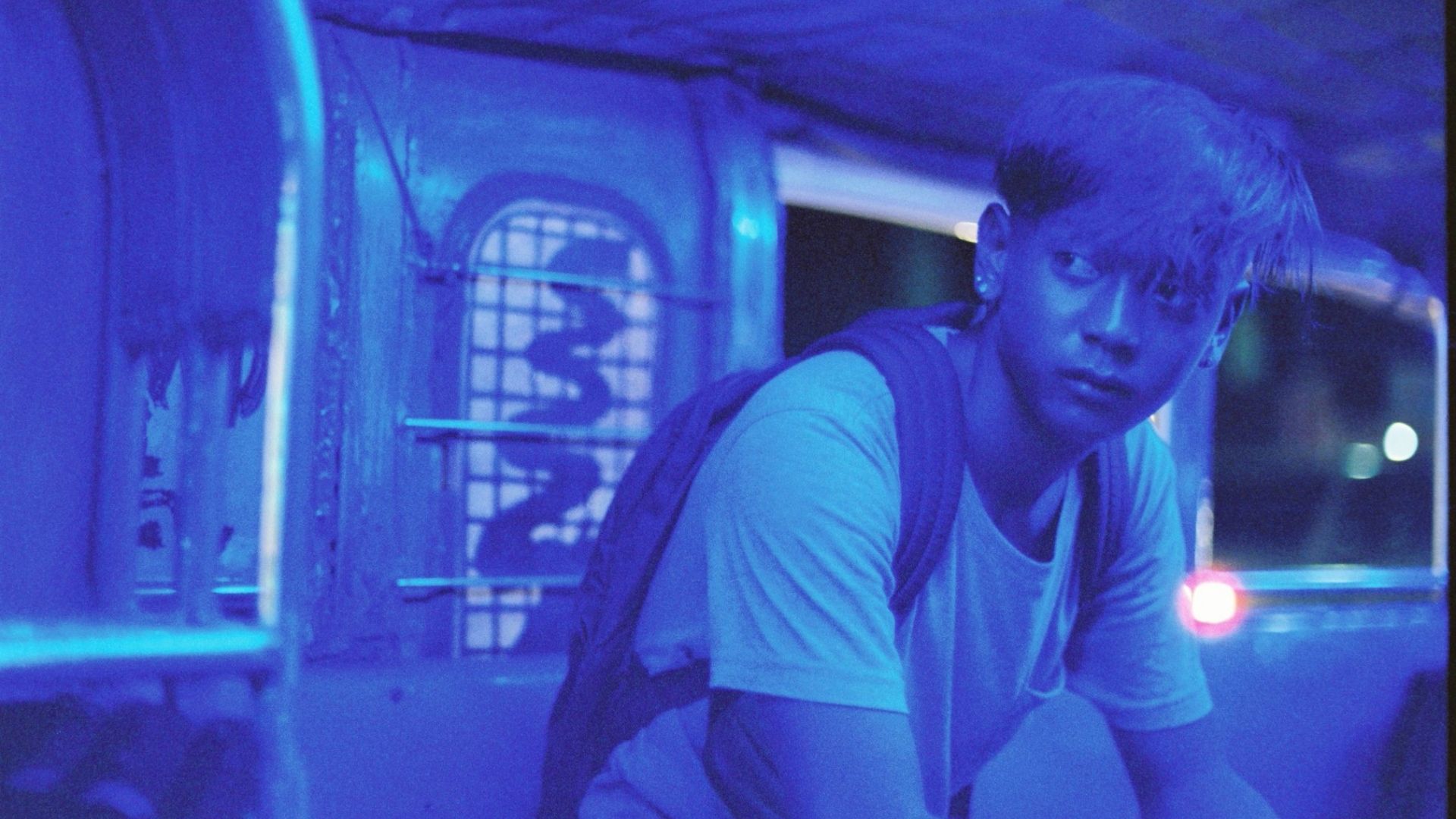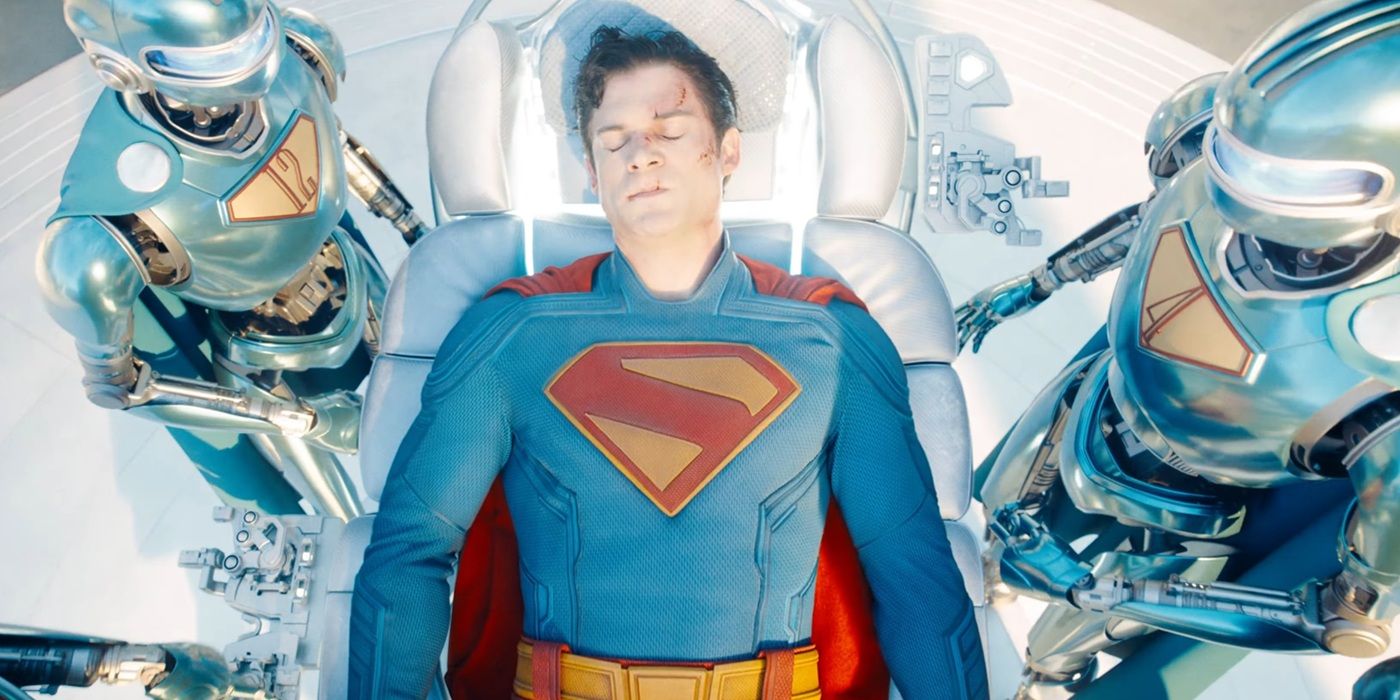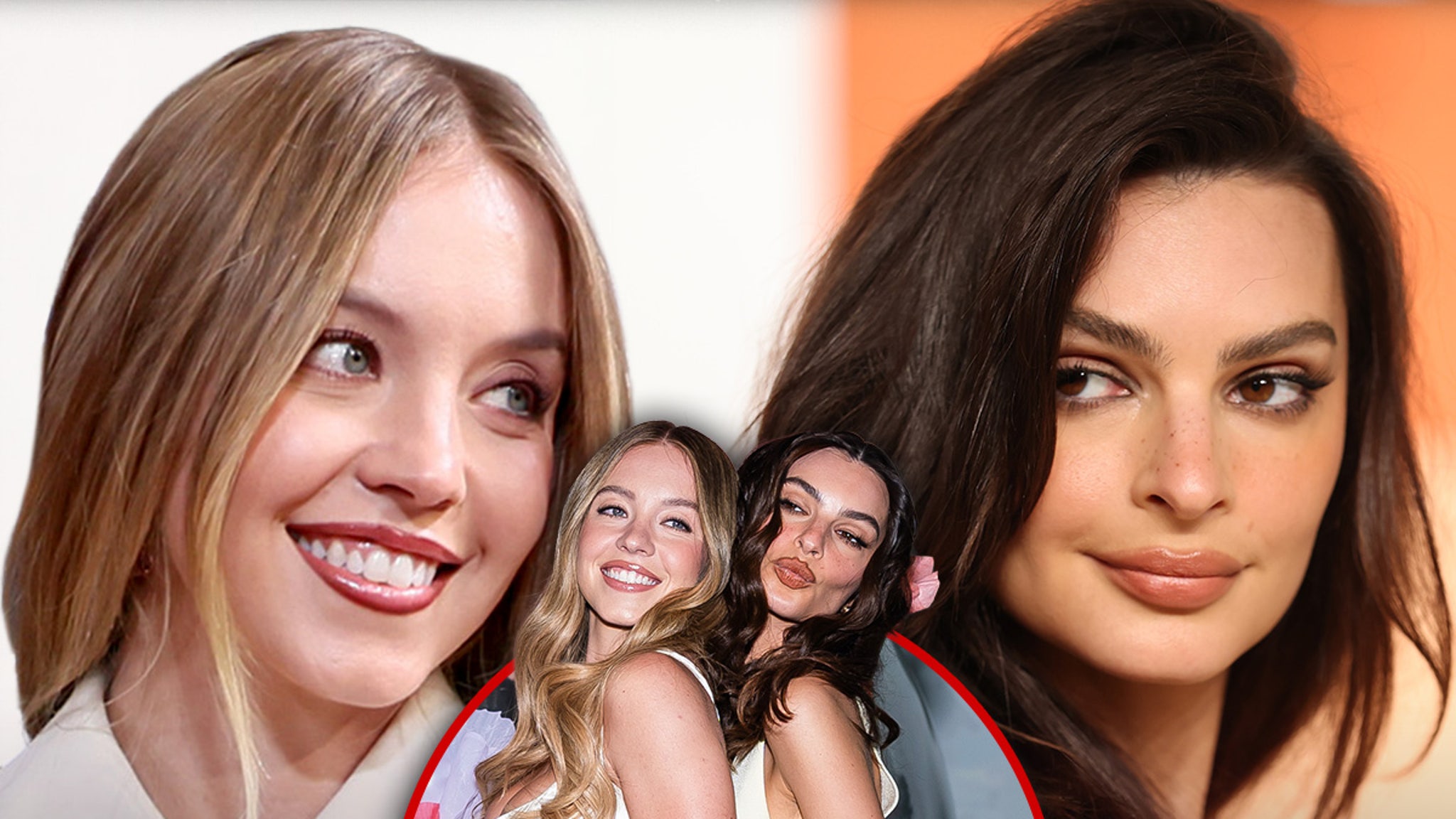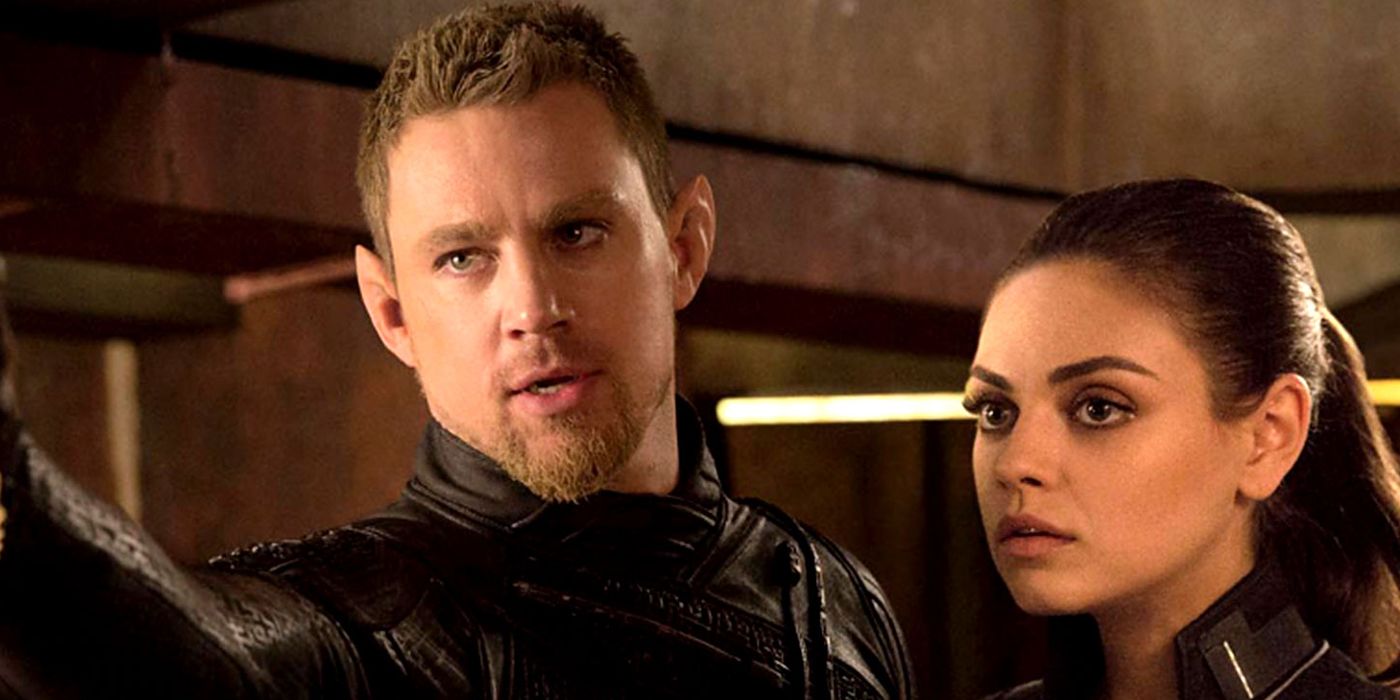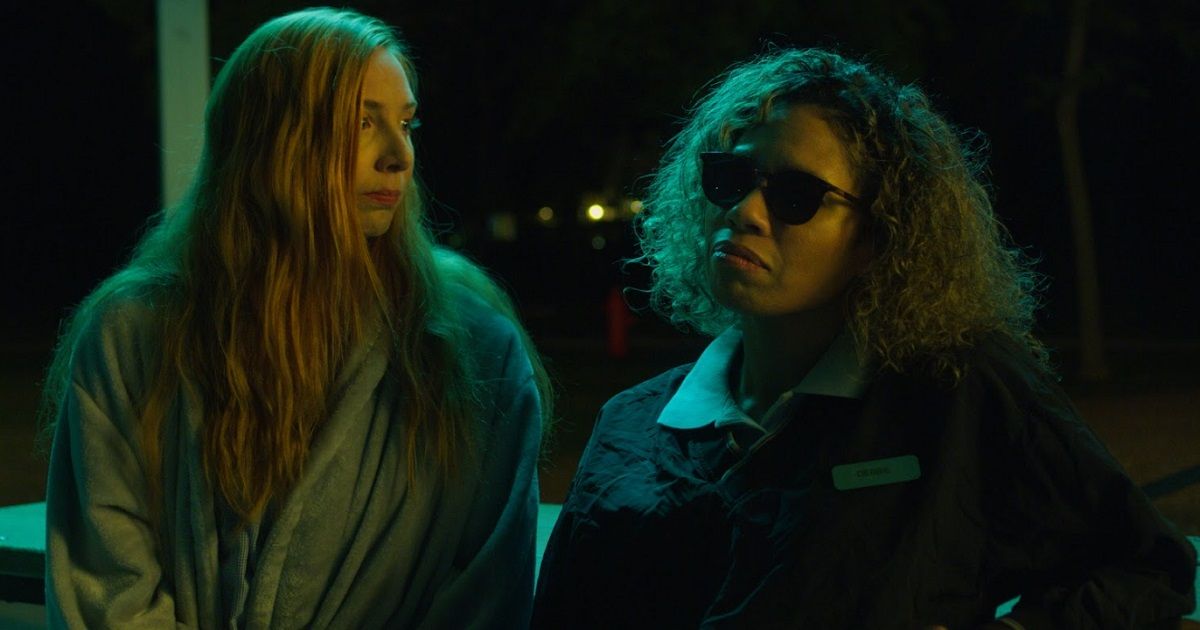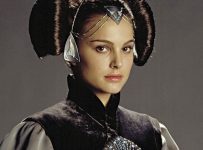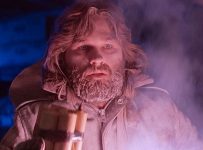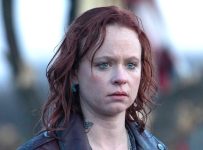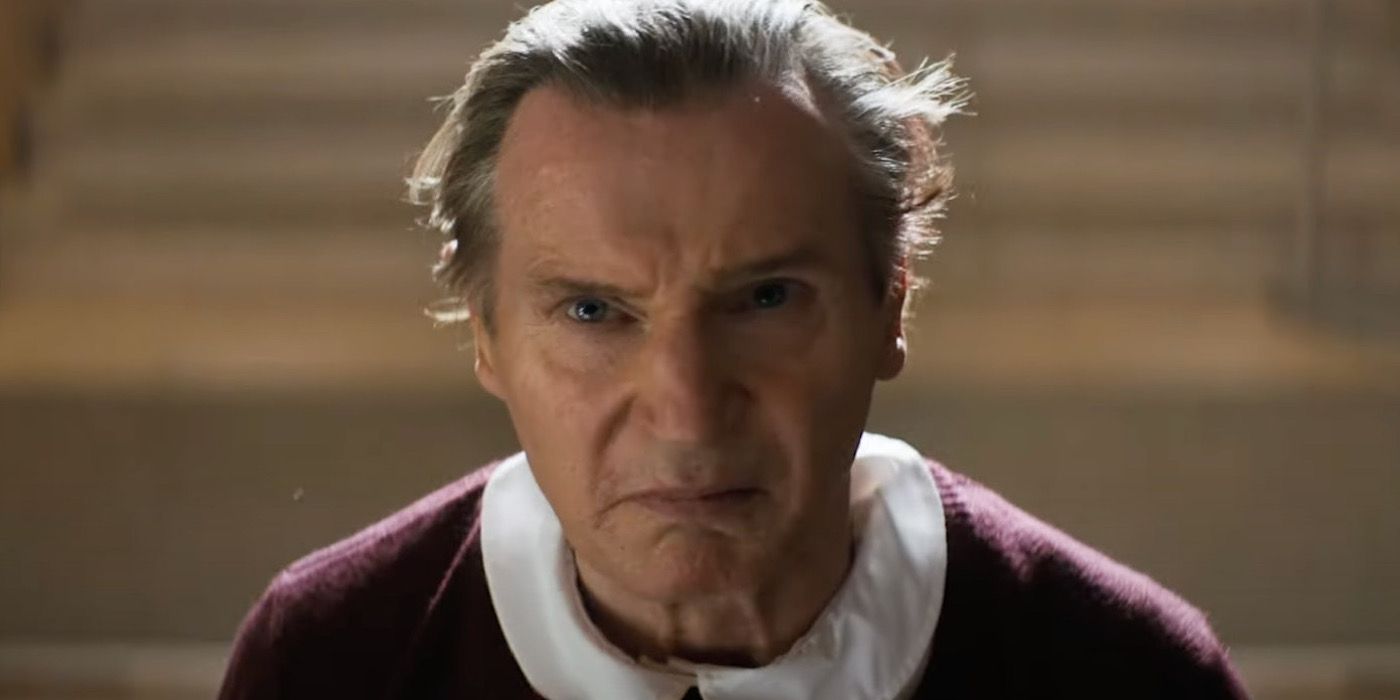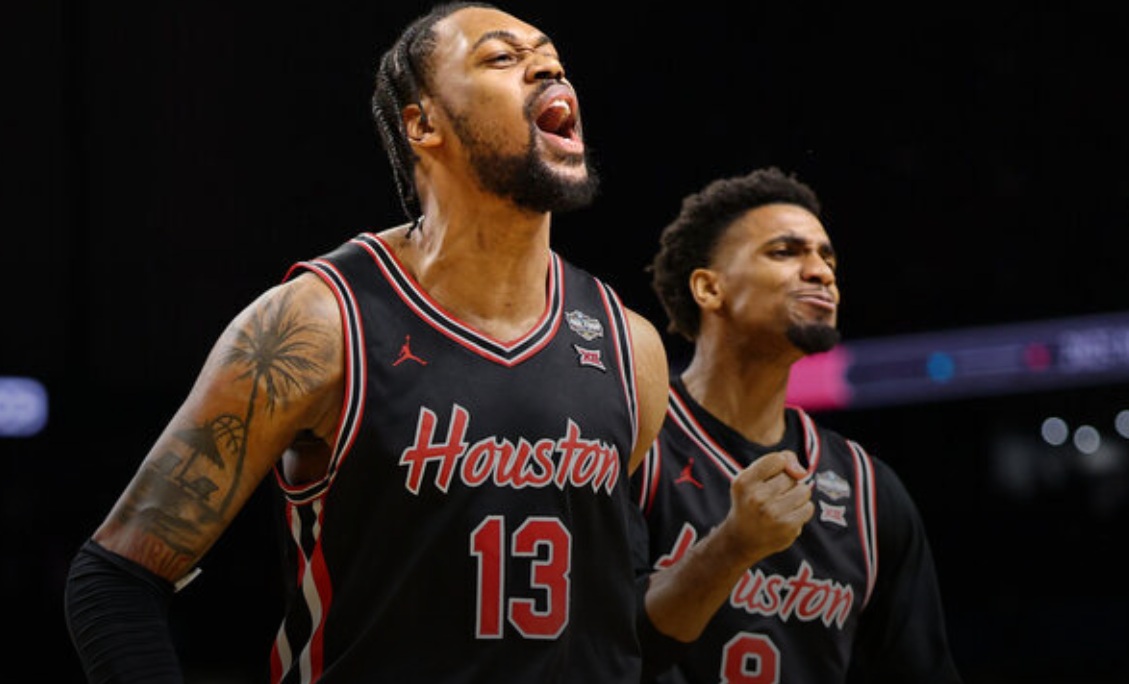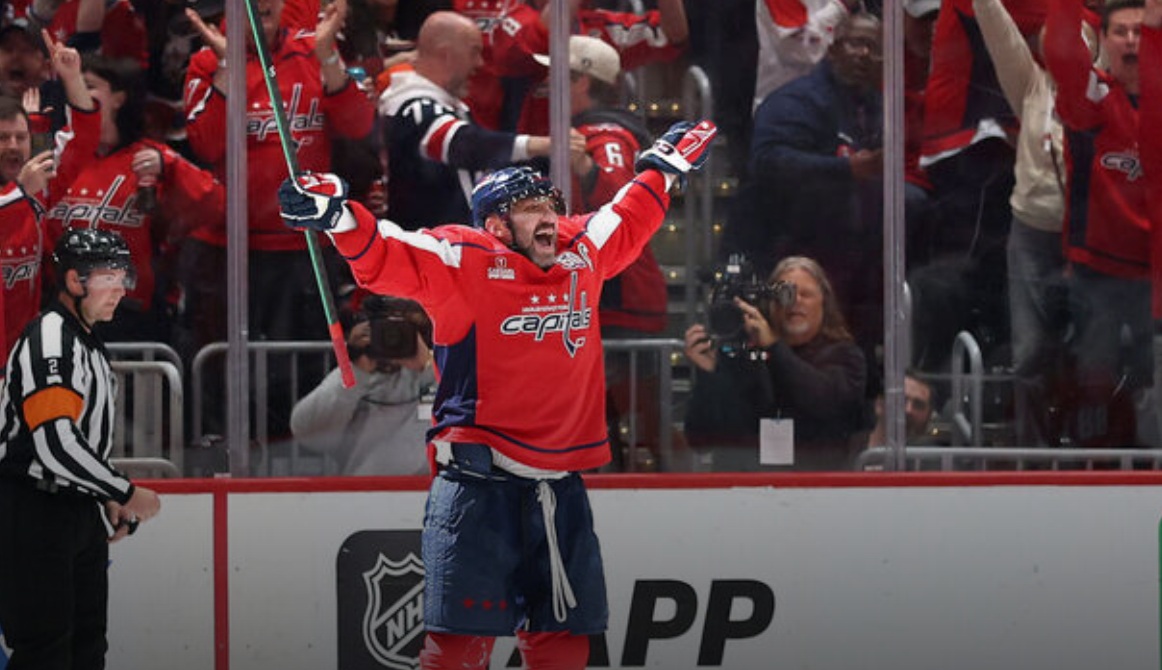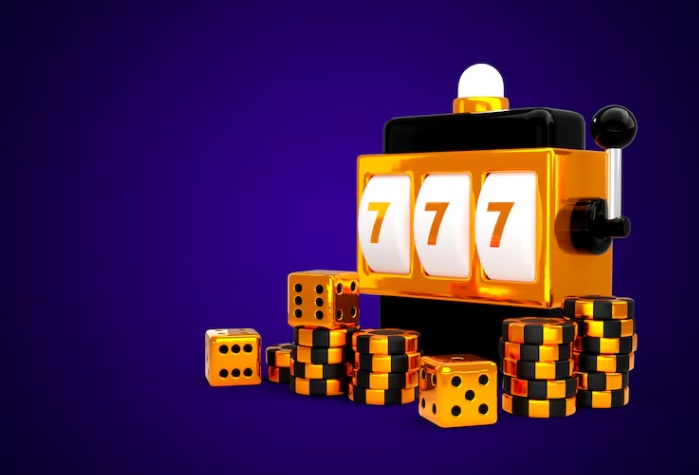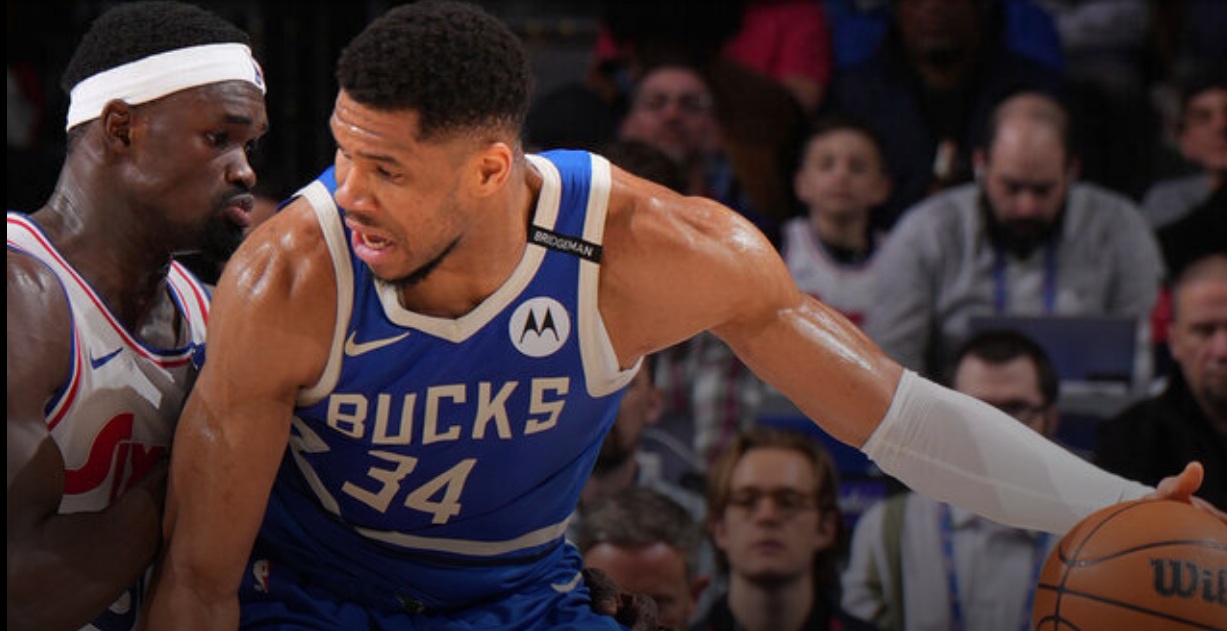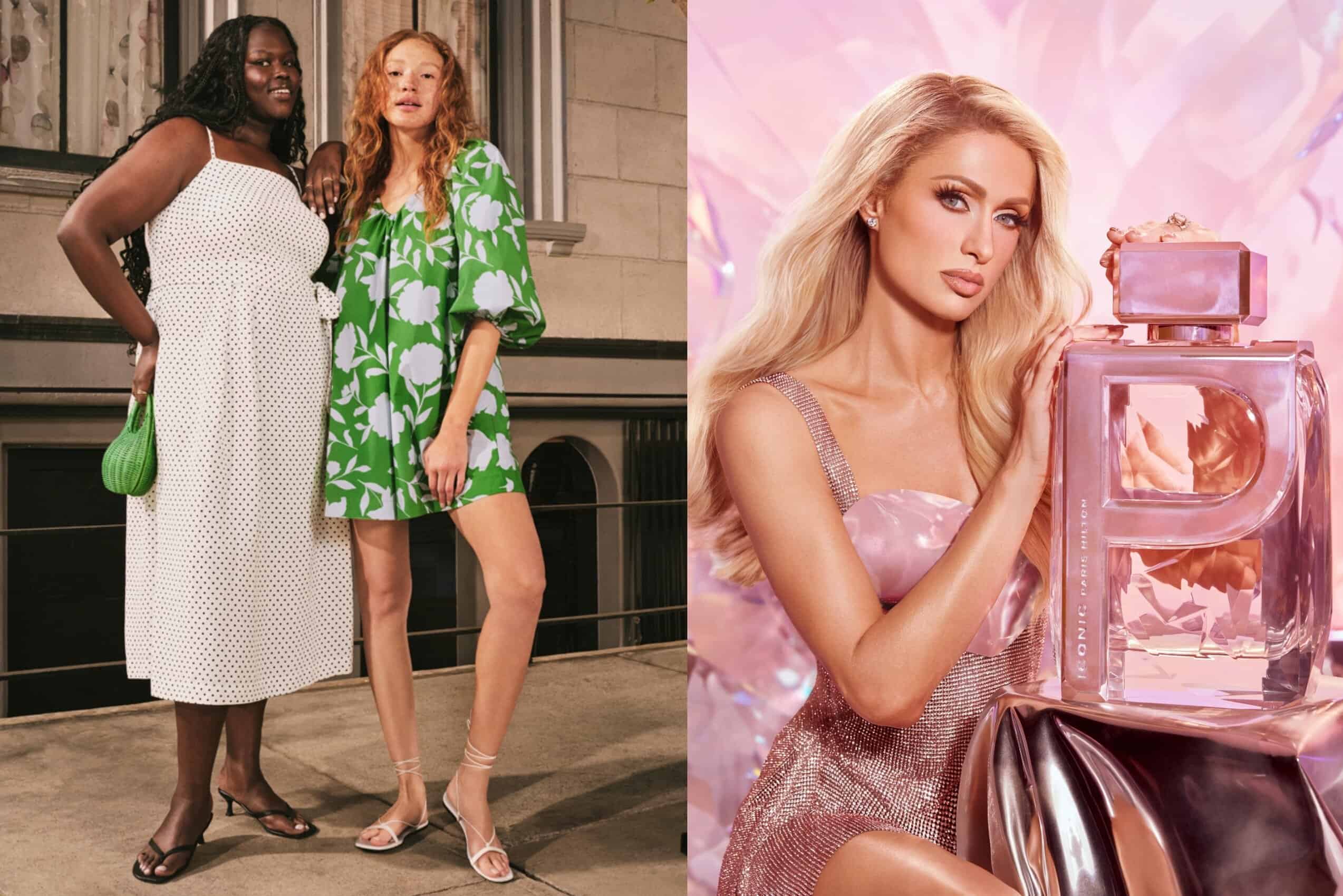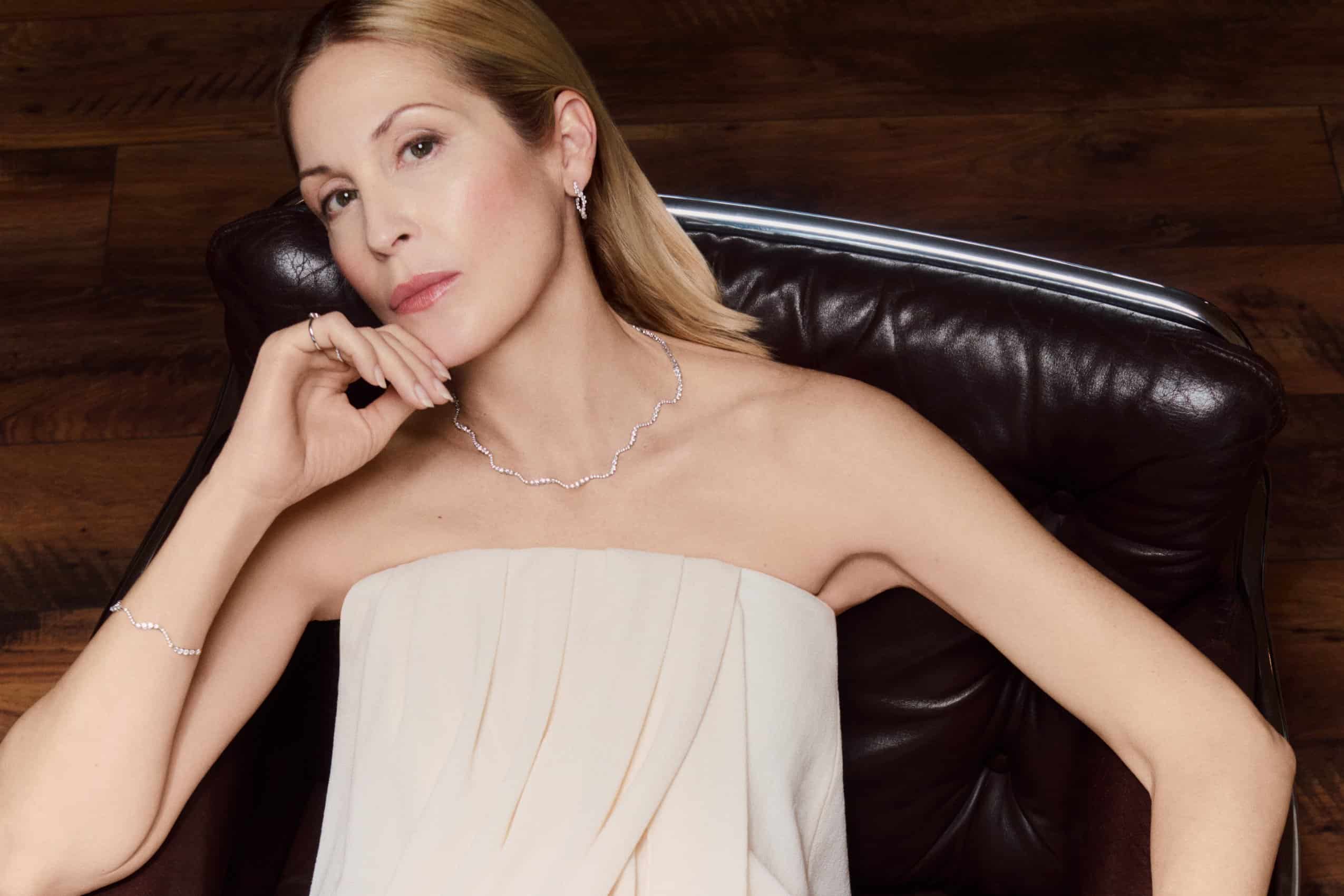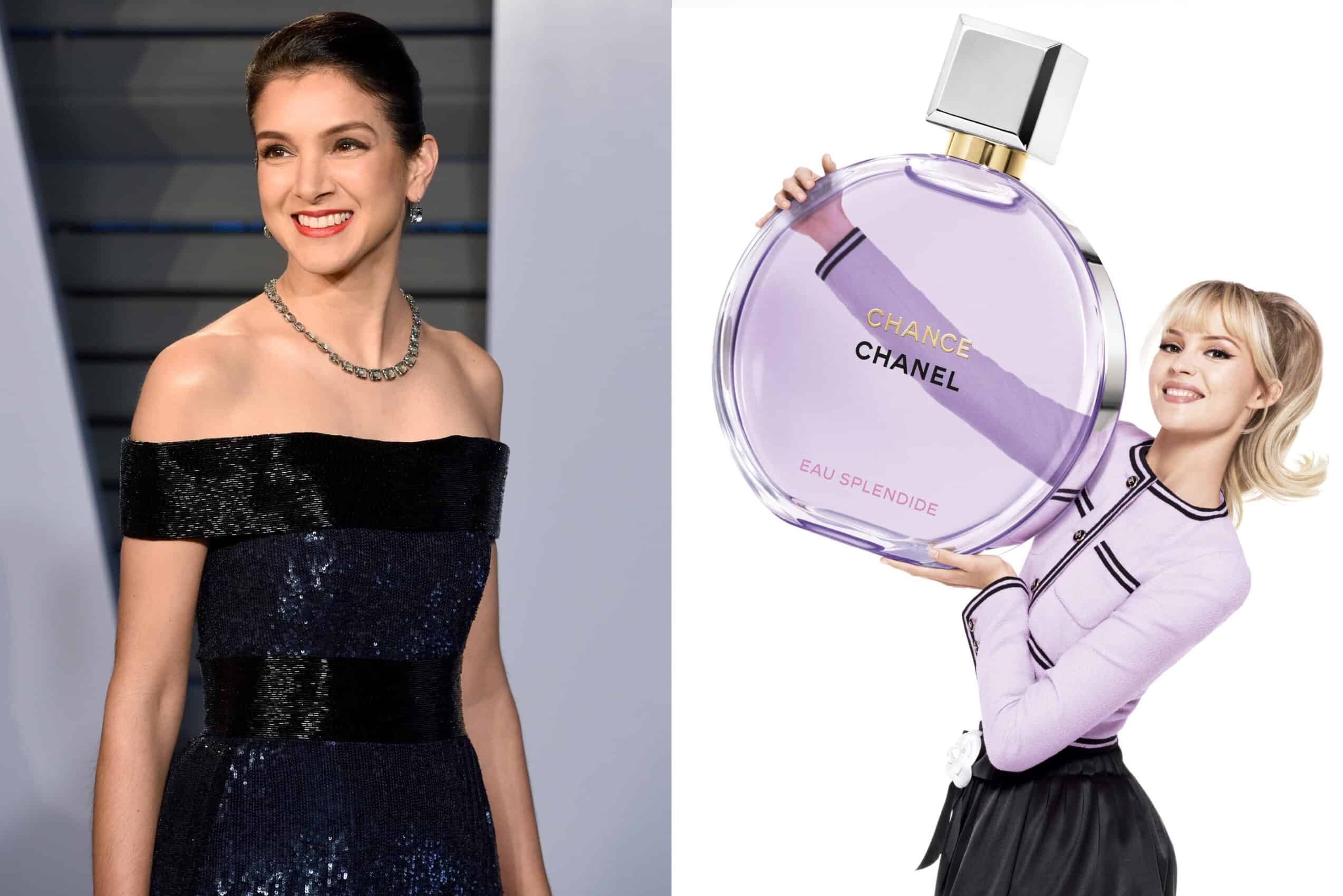Here, the novel’s Freudian undertones are quite literally bared. The idea of Frankenstein, a withdrawn scientist absconding from normal relationships with his beloved to construct a handsome, vital superman, is the one that Flesh clings to. Haunted by the libidos of himself and his creations, Baron Frankenstein and those around him are quite literally ruined by their sex drives.
1994: Mary Shelley’s “Frankenstein”
Twenty years later, Kenneth Branagh, still riding off the success of his adaptation of “Henry V,” approached Frankenstein with a similar sense of bombastic theatrics. Casting himself in the title role and with the film carrying the name “Mary Shelley’s Frankenstein” (Because, get it, this is the REAL version,) Branagh’s film ranges from effective to broad, loud melodrama on an almost scene by scene basis. The casting of Robert De Niro as the monster is inspired in the loosest sense of the word, seeming like less of a surefire decision and more of the product of an Academy Award winner dartboard.
All of this, along with turning the creator’s melancholy trudge of vengeance into a pulse-pounding journey, adds up to reframing Frankenstein as a sort of epic, romantic adventure. It’s not “Mary Shelley’s Frankenstein” but rather “Francis Ford Coppola’s Bram Stoker’s Dracula’s Mary Shelley’s Kenneth Branagh’s Frankenstein.”
2017: The Dark Universe
Even the failed attempts are reinventive in nature, with one of the latest conceived as part of an effort to clobber together Universal’s now aborted “Dark Universe.” Starting off with 2017’s “The Mummy,” eventually a branch of the cinematic tree would’ve led to a “Bride of Frankenstein” remake, starring Javier Bardem and directed by Bill Condon. “The Mummy” was all that would come from it, though, with Universal announcing in early 2019 that it was gonna go a different route.
How Frankenstein would’ve looked in a Marvel-inspired expanded story is anyone’s guess. That said, it probably would’ve functioned a lot like a glossy version of Universal’s horror meet-up films in the 1940s, where characters like Frankenstein, the Wolfman and Dracula would inevitably clash for reasons that are rarely important or remembered.
HONORABLE MENTIONS: “The Munsters,” “Frankenstein: The True Story,” “Frankenstein,” “Penny Dreadful”
In 1964, “The Munsters” ensured that the classic Universal monsters, usually Victorian in nature, were now firmly Americana, placing their likenesses in a sitcom that plays like “The Beverly Hillbillies” with bolts in its neck. 1973’s Frankenstein: The True Story has the same penchant for violence and make-up as the Hammer films, but adds various twists to it as if to assure us that every previous adaptation (and the Shelley novel itself) was just a dramatic recreation of this. And the 1992 made-for-TV Frankenstein stars Randy Quaid as the monster, sharing a psychic connection with his creator and fitting in with the wave of early ’90s low budget sci-fi like Mindwarp or Mandroid. And finally of note is Showtime’s “Penny Dreadful” series, a 2014 show that featured both Frankenstein and the Creature as lead characters, using the latter as both player and Greek Chorus as he exemplifies the themes of loneliness and grief.
You can view the original article HERE.
